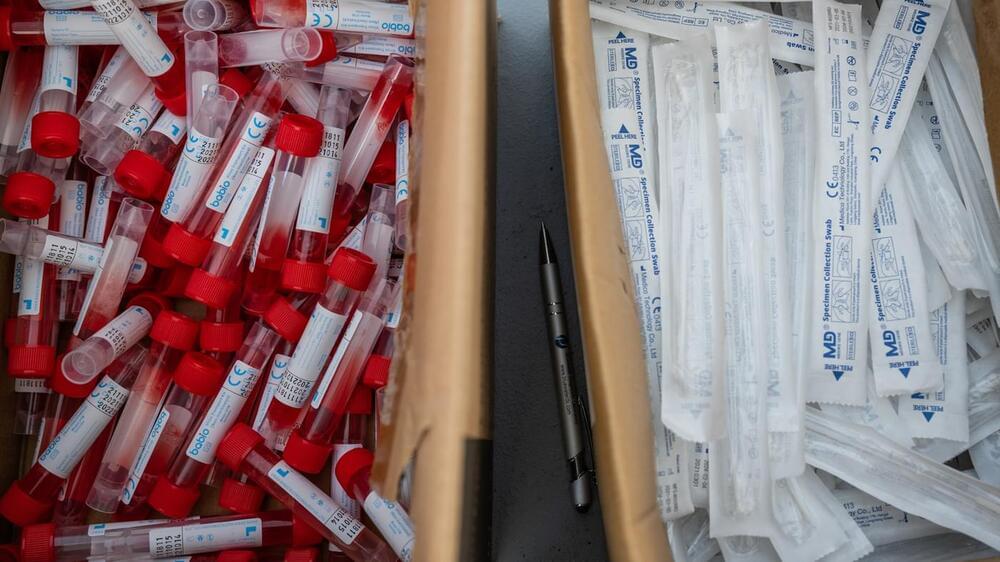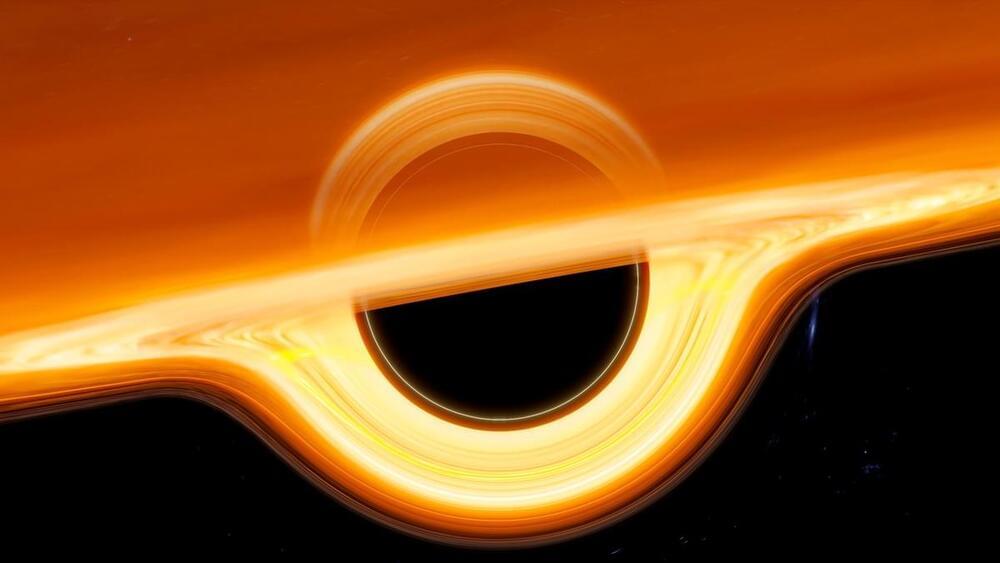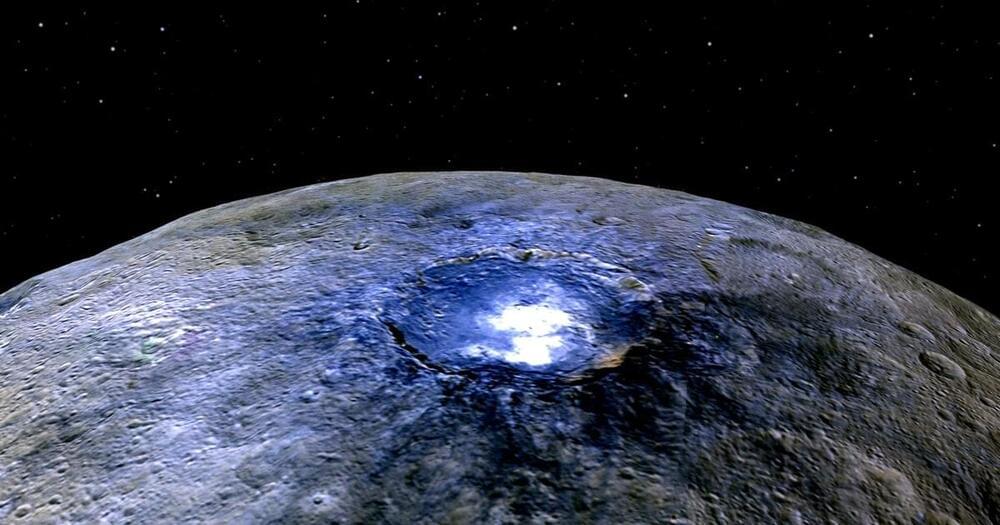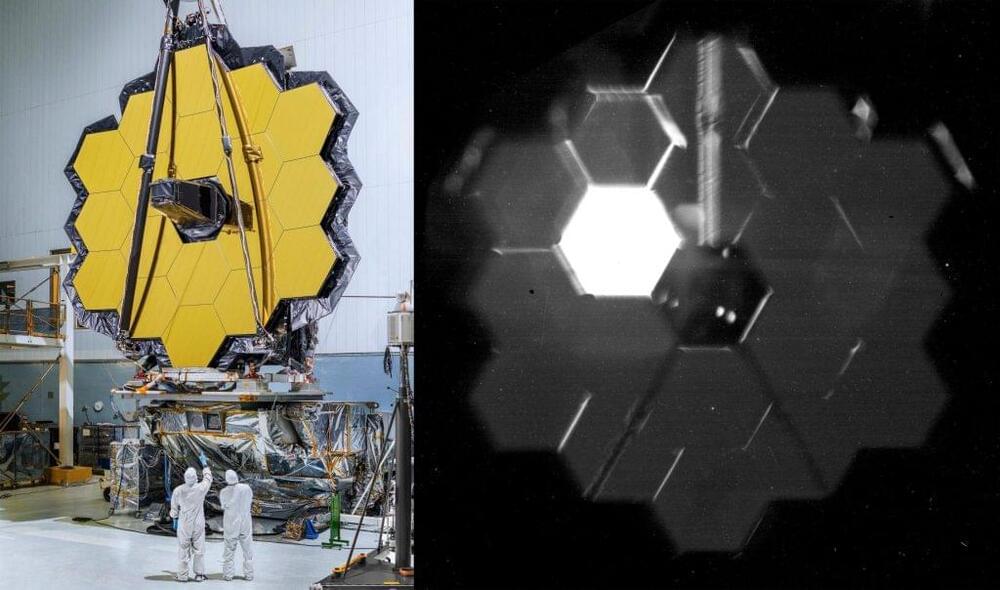TAMPA, Fla. (WFLA) — Following multiple news organizations covering allegations of animal abuse at Neuralink, Elon Musk’s brain chip company, the tech developer issued a statement on its animal welfare policies.
Earlier this month, the Physicians Committee for Responsible Medicine announced lawsuits against the University of California, Davis and Neuralink over its treatment of the macaque monkeys used to test the experimental brain implants developed by Musk’s company.









